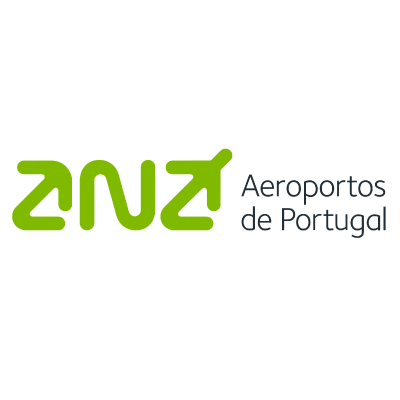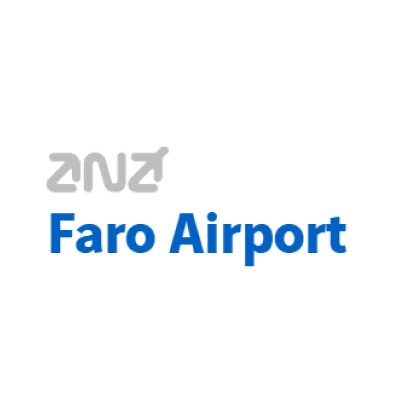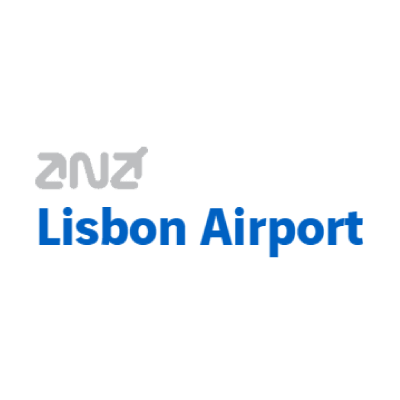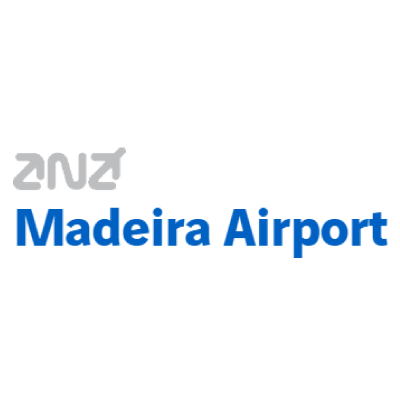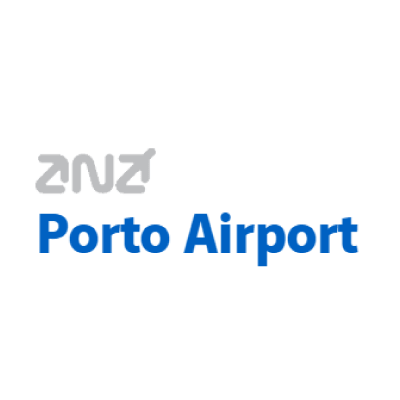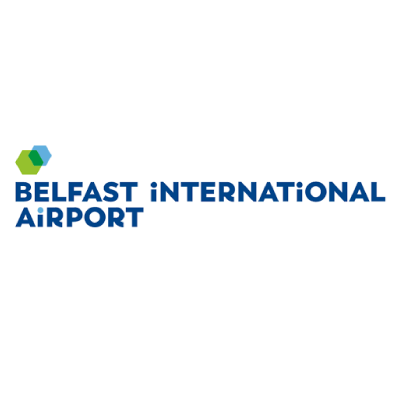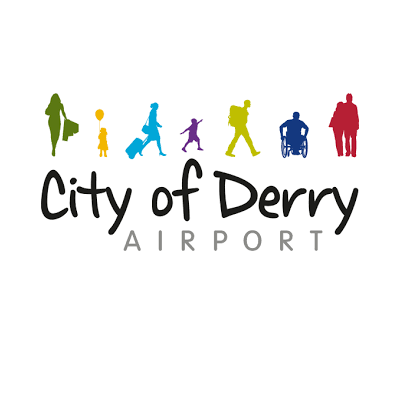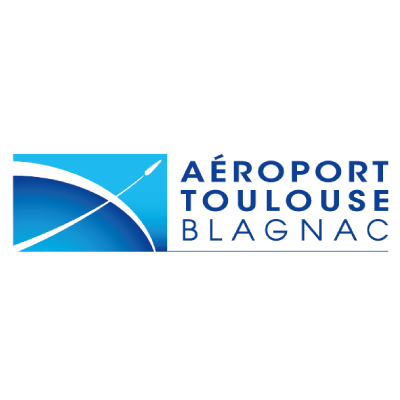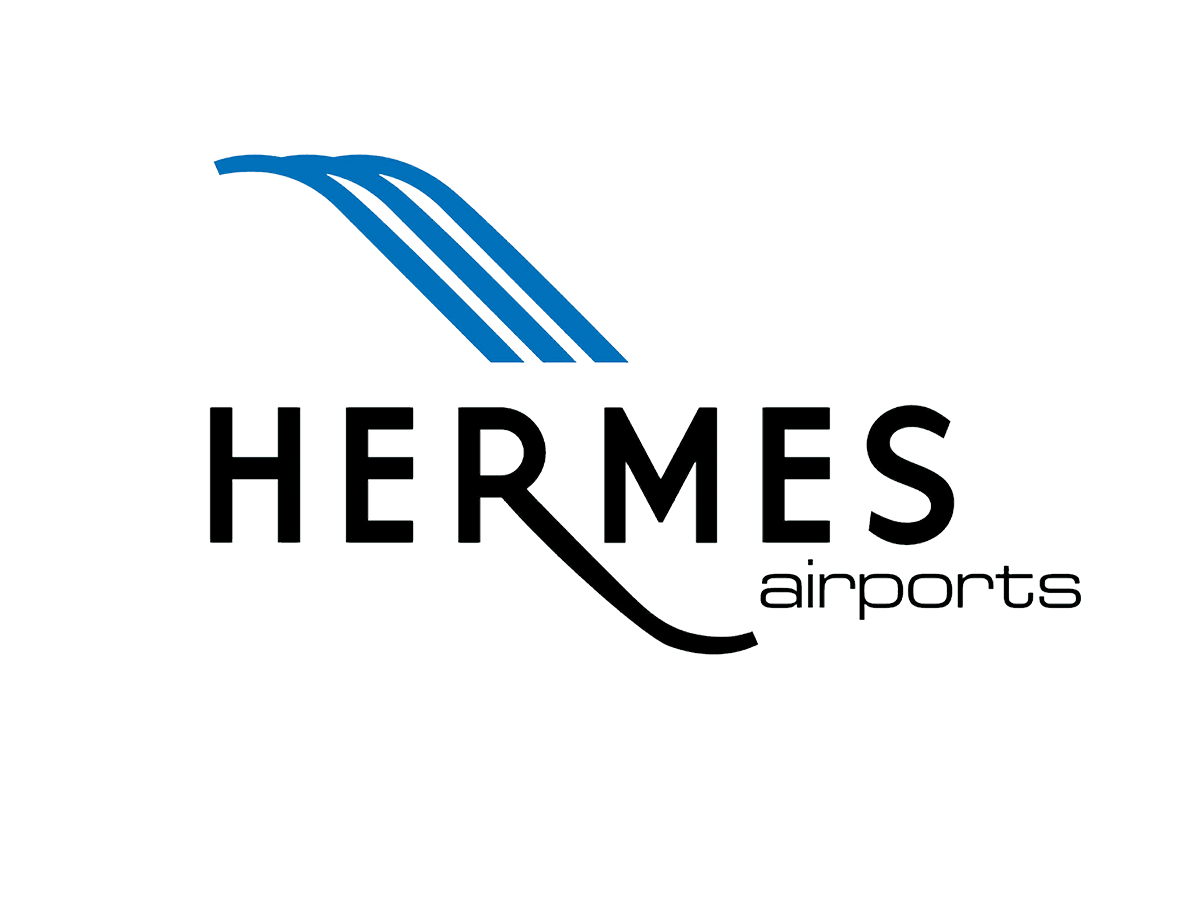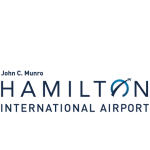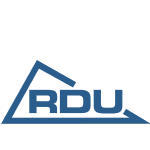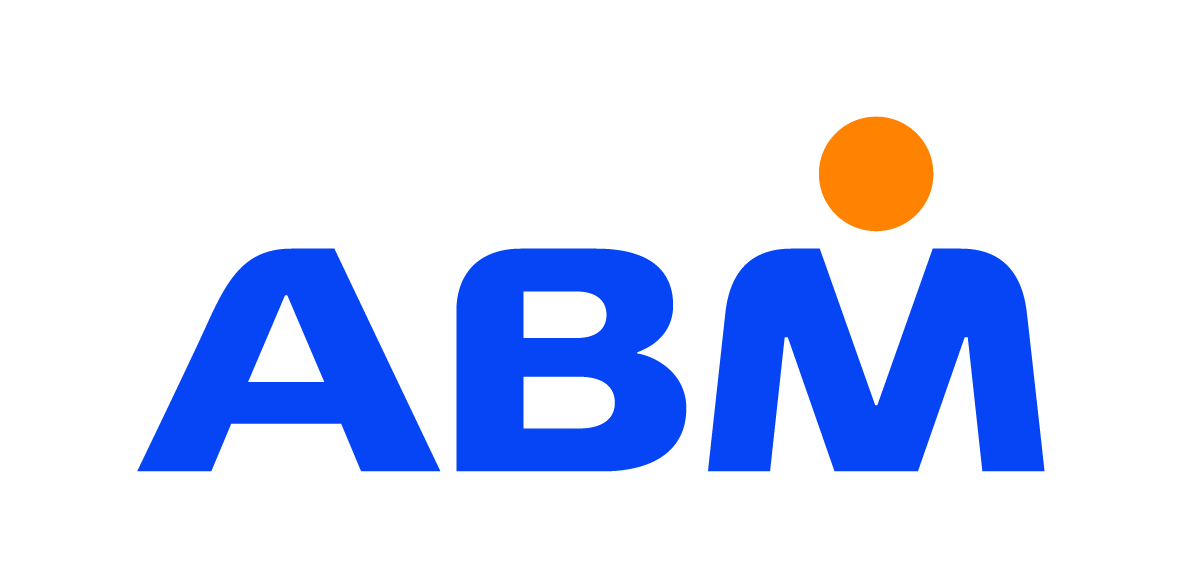When collaborating with third party services to drive revenues for your airport, branding is often something that gets overlooked. But ecommerce portals, booking platforms, social media and all the other online services that an airport might use are integral to the customer experience. Lack of consistency with the airport’s brand can negatively affect your reputation and even your sales.
While revenue growth is a powerful motivator when choosing ecommerce tools for your airport, it’s necessary to consider your offering from a more holistic, customer-focused viewpoint. Consistency is key across any third-party service: Particularly one that’s integral to passenger experience.
The pitfalls of inconsistent branding are very real, and we’ll look at those later, but first, there are several important points to consider when honing your airport brand.
The importance of branding
Branding is a crucial aspect of any business. Without branding there would be little to differentiate Starbucks from Costa Coffee or Coca-Cola from a generic soda in the eyes of the consumer.
A brand is a company’s name, logo, the colours used, its slogan and visual identity. The power of this identity is demonstrated in online quizzes where players are asked to identify brands from their logo alone.
Research shows that a consistent colour palette increases customer recognition by up to 80%. This means that without any additional words or images, consumers can recognise a brand by its signature colours alone.
However, this visual aspect of branding is a tiny fraction of what defines a brand. A brand is all the essential elements that make a business unique and will help customers to identify it across all media and channels – print, website, social platforms and customer experience. Aspects like logo, colour scheme and font should obviously remain consistent, but so must your brand voice, personality and level of service.
In simple terms, branding is ‘a promise delivered’.
What does that mean?
Your airport brand encapsulates everything within your business, creating the customer’s total experience. It forms a set of associations with the airport, product, organisation, service or individual, and harnesses those associations to help the business perform better.
Branding is not the same as marketing.
Marketing can be defined as the social process by which individuals and organisations get what they want and need through creating and exchanging value with others. It is the means by which businesses create value for customers and build strong customer relationships so that they can, in return, capture value from those customers.
So marketing is the vehicle that communicates the promise that you want your customers and prospects to know about. It is what you do to get your message and product to the customer.
Brand is how you keep the promise.
Define what your brand stands for
When you market a brand, you make a promise to customers with every aspect of your business. To be successful you must deliver on this promise every single time.
Come up with a short statement that defines your airport brand and its purpose. What are the associations and perceptions you want to build around your brand?
Let’s look at Coca-Cola as an example. When a customer sees the familiar colour and design of a coke can or bottle, positive perceptions might be that this is the original cola drink, ‘The Real Thing’, there’s a secret recipe, a youthful, global appeal, the excitement of the Coca-Cola Lorry visiting towns at Christmas, the fact that Coca-Cola even managed to redefine what we think Santa looks like!
All this would explain why a Coca-Cola Executive is quoted as saying:
“If Coca-Cola were to lose all of its production-related assets in a disaster, the company would survive. By contrast, if all consumers were to have a sudden lapse of memory and forget everything related to Coca-Cola, the company would go out of business.”
A small business might find it relatively simple to define its brand. For example, Innocent Smoothies started life with a brilliantly clear brand identity that grew from a stall at a music festival and embraced all the ideas that stemmed from that environment.
As any business grows, things change. Sales may drop, competition might appear or a brand is taken over by another company. In the case of Innocent, the company was sold to Coca-Cola. Customers questioned whether the brand remained true to itself and Coke had to work hard to reassure them that it was committed to Innocent’s original ethical ideals. The fact Innocent had a strongly defined identity made this possible where otherwise the branding might seem at odds with the new ownership.
The basic principle of being clear what your brand stands for is fundamental. Branding creates familiarity, confidence and trust. If you can tell your customers and prospects exactly what to expect from you and deliver on those expectations, they will come back again and again.
Communicate what your brand is about
Make sure your employees are clear about what your brand stands for. They are often the people who will interact with the customer. Having a clearly defined brand allows you to capture the brand so employees understand it and know what they are expected to convey. This will help your marketing team present your brand with the tone of voice and personality suitable to your brand.
Identify your target customer and what they want
The digital communications revolution has transformed the balance of brand control in recent years. The consumer voice is louder and more public than ever before. Customers can publish opinions and share their experience of a company, comparing it to the experience of others. The ability of a brand to engage in a conversation with its customers can have a profound effect. There is a thriving market in brands such as TripAdvisor, designed purely to champion the customer voice.
Returning to Coca-Cola, in 2013 the brand was knocked off the coveted top spot of Interbrand’s listing of leading 100 global brands, overtaken by Apple and Google. Notably, both companies surpassing Coca-Cola’s success are rooted in technological innovation and focused on providing products and services that make people’s lives easier.
It is also vital to make sure that what you want to tell your customers about your business matches what your customer demographic and target segments want. Learn the needs, habits and desires of your current customers. Find out what your customers already think of your company and decide what associations you want them to build. CRM software such as that offered by Rezcomm facilitates the collection and analysis of this essential customer data.
Branding and the airport customer
Branding is used to great effect by holiday destinations. And customer expectations around branding transmit to the airport experience too. Destinations are no longer sold as the sandy beach, clear water, ski run or year-round sunshine. In travel, brand belongs to the customer.
This, “Who am I,” aspect of branding can build a preference for a product such as perfume, soap, a particular car or clothing range. Coupled with the experience-led consumer economy, it is a powerful force.
We already understand that branding is about customer expectations, but great brand strategy requires helping the consumer to manage their own expectations. Successful destination branding includes campaigns such as Virginia is for Lovers and I AMsterdam. Both of these ideas put the customer and their identification with the brand at the centre, not the location itself.
Differentiate from your competitors
Identify why you are better and what you offer that is different. What do your customers need? Is there a gap in the market?
Consistent strategic branding adds value, allowing you to charge more for products and services than an identical unbranded product commands. A can of Coca-Cola can easily retail for significantly more than a generic soda.
This is largely down to trust. If a company delivers consistently on its promise, its relationship with its customers will grow. Many people would choose a coke over an unbranded soda, because they already know they like the taste, and that taste experience delivers every time.
In the airport environment, there are opportunities to differentiate. For example, parking is part of the experience of many air travellers, but often an airport will lack direct control over this aspect with car parks contracted out to a third party.
Even with a commodity such as parking, branding is vital. In this example, the customer will still tend to hold the airport operator responsible for the level of service airport-wide. Trust is important here. The customer is leaving their car with a service provider, expecting to receive it back at the end of the holiday.
To be effective an airport’s brand has to be expressed in every aspect of the customer experience. To market parking against competing off-site lots, the service needs to be incorporated into the overall airport brand, expressing the same message, vision, look, feel, touch, trustworthiness and customer promise as the rest of the airport.
With any range of products it is essential that they all fit together under the brand. This is where Rezcomm’s integrated ecommerce solution comes into its own, offering the airport control over its parking, booking and other ancillary services, seamlessly enhancing the customer experience. Bringing as many aspects of the customer journey under the airport brand is cohesive with the idea of offering something that makes people’s lives easier. It allows customers to manage their airport experience in one place.
The dangers of inconsistent branding
Going back to Coca-Cola one final time, it’s interesting to note that the ‘brand value’ of the company in 2018 was $80.83 billion US. This means that the brand is worth around 45% of the company’s total worth, demonstrating just how much value a great brand can add to a business.
But even Coca-Cola has made mistakes. When the company introduced New Coke in 1985 sales plummeted, despite the fact taste-tests indicated that the new drink actually tasted better. It wasn’t long before the original flavour was reintroduced. While the company bounced back, a smaller brand would not have been as lucky.
But it’s not just about resistance to change. First impressions are vital too. In fact, research shows that 23% of customers would never read or engage with a brand’s content again if their first experience with that brand was disappointing.
In the 1990’s Sony lost out due to brand inconsistency. Working to approach the new digital music market, the different departments in the company took a fragmented approach, refusing to work together. This resulted in the launch of competing devices that effectively cannibalised each other. The hugely successful Walkman branding was dropped in favour of ‘Discman’, but the magic was lost and Sony couldn’t compete with the new iPod. Now the name Walkman evokes feelings of nostalgia rather than a brand that’s instantly associated with portable music.
How to get it right
When a brand’s communications across channels are consistent, engaging and relevant, they begin to build an identity in the mind of the consumer. The brand becomes memorable, rather than forgettable.
However, when you decide to integrate third-party service providers, there’s more too it than that.
If your booking and payment pages are not brand-matched, the customer will not trust them. Think about it: You’re shopping online, and you get to the payment portal. It looks nothing like the page you’ve just come from and you don’t recognise it as one of the common options. Would you feel safe submitting your credit card details? Of course you wouldn’t!
This is why your airport needs an ecommerce portal that is designed to match your brand. Take Gatwick Airport’s website as an example. The logo and black and gold colour scheme is well defined and carries through into the Airport Direct Travel Portal. This consistency in design means that customers aren’t aware they’re using a third-party service. If the transition to the third-party page wasn’t so seamless, customers would feel they were being taken somewhere they didn’t want to go, and would leave the page, resulting in lost sales.
When Rezcomm integrates its ecommerce and booking platform into an airport website, brand consistency is high on the list of priorities. Our solutions are adaptable, which means the transition between the airport website and the booking portal is absolutely seamless.
Rezcomm’s world-first combined omnichannel platform for airport sales, marketing and customer-centric analytics can help you build your airport brand long-term. We already partner with airports that serve a quarter of a billion passengers worldwide and are experts in avoiding the fragmentation that often comes from employing third-party services. If you want to reach customers across channels and grow conversion and revenue with a strong, consistent brand, contact us for a chat today.
